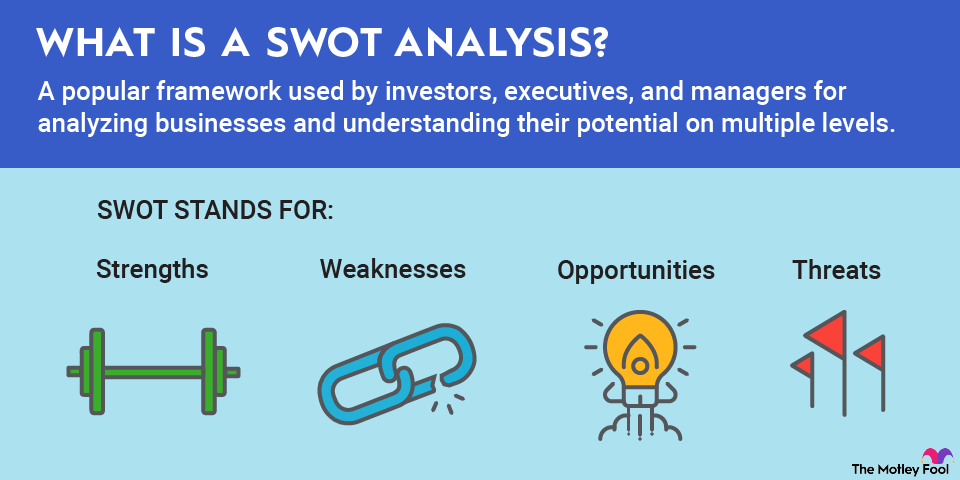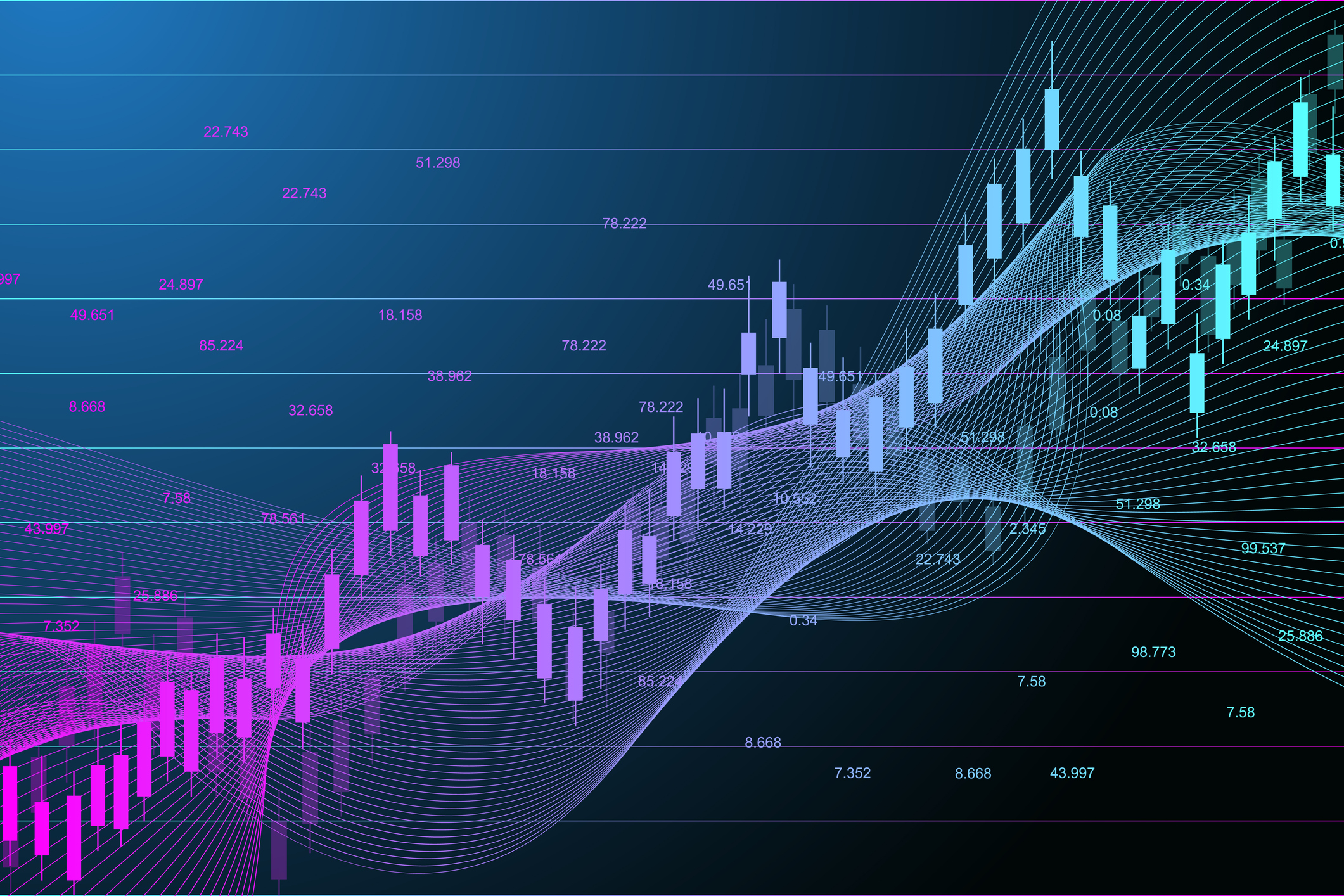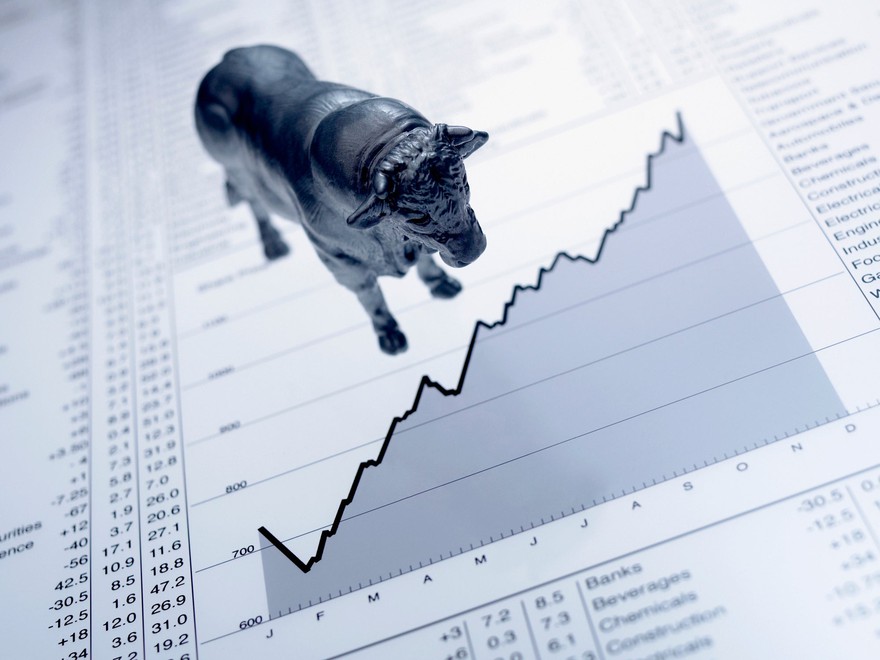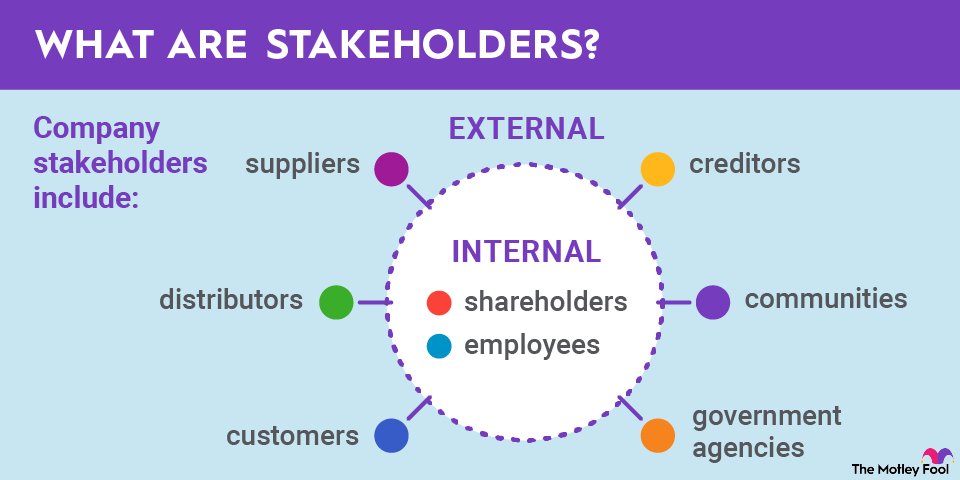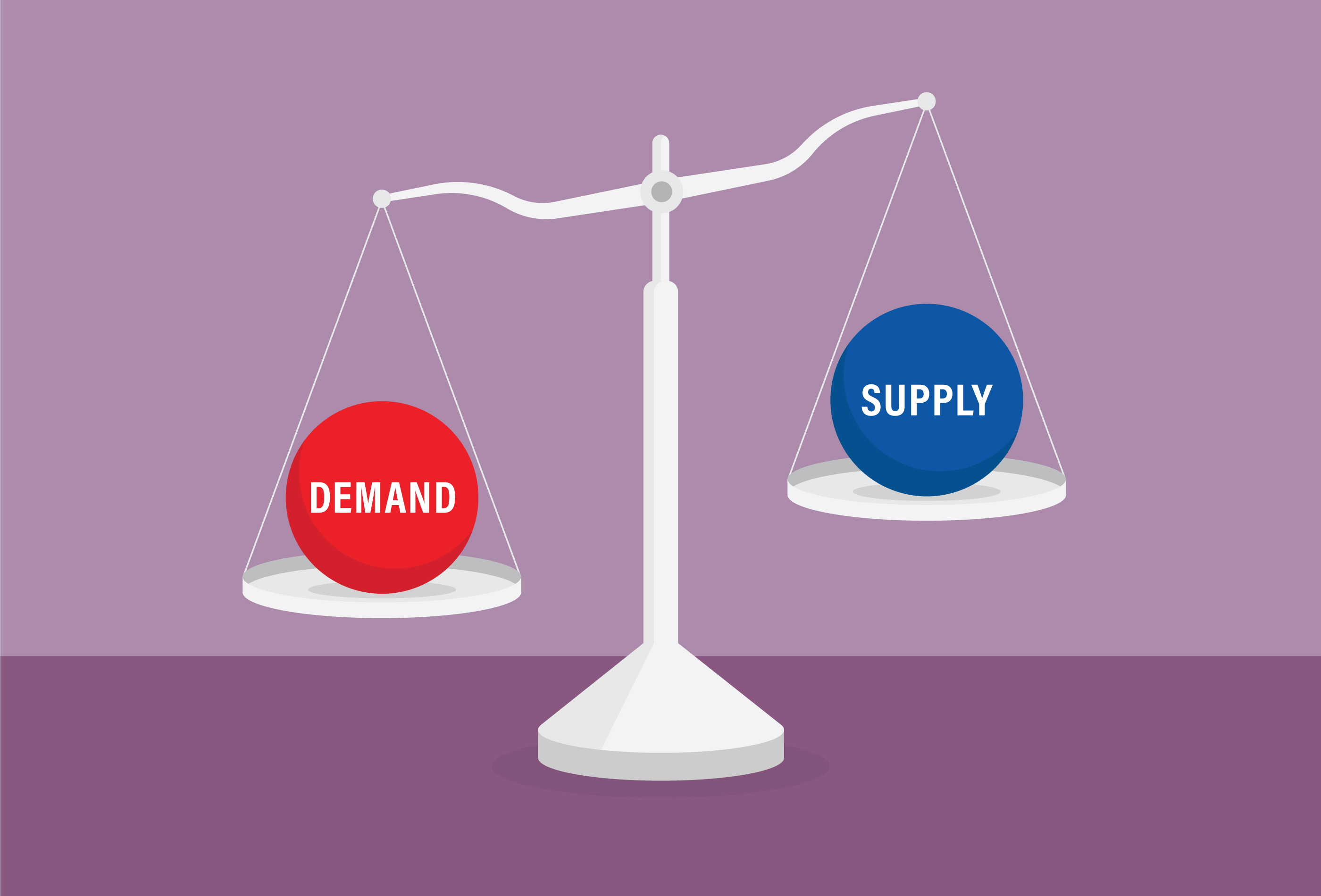Historical volatility is a measure of how volatile an asset was in the past, while implied volatility is a metric that represents how volatile investors expect an asset to be in the future. Implied volatility can be calculated from the prices of put and call options.
Measuring stock market volatility
For individual stocks, volatility is often encapsulated in a metric called beta. Beta measures a stock's historical volatility relative to the S&P 500 index.
A beta of more than one indicates that a stock has historically moved more than the S&P 500. For example, a stock with a beta of 1.2 could be expected to rise by 1.2% on average if the S&P rises by 1%. On the other hand, a beta of less than one implies a stock that is less reactive to overall market moves. And, finally, a negative beta (which is quite rare) tells investors that a stock tends to move in the opposite direction from the S&P 500.
For the entire stock market, the Chicago Board Options Exchange (CBOE) Volatility Index, known as the VIX, is a measure of the expected volatility over the next 30 days. The number itself isn't terribly important, and the actual calculation of the VIX is quite complex. However, it's important for investors to know that the VIX is often referred to as the market's "fear gauge." If the VIX rises significantly, investors could be worried about massive stock price movements in the days and weeks ahead.


